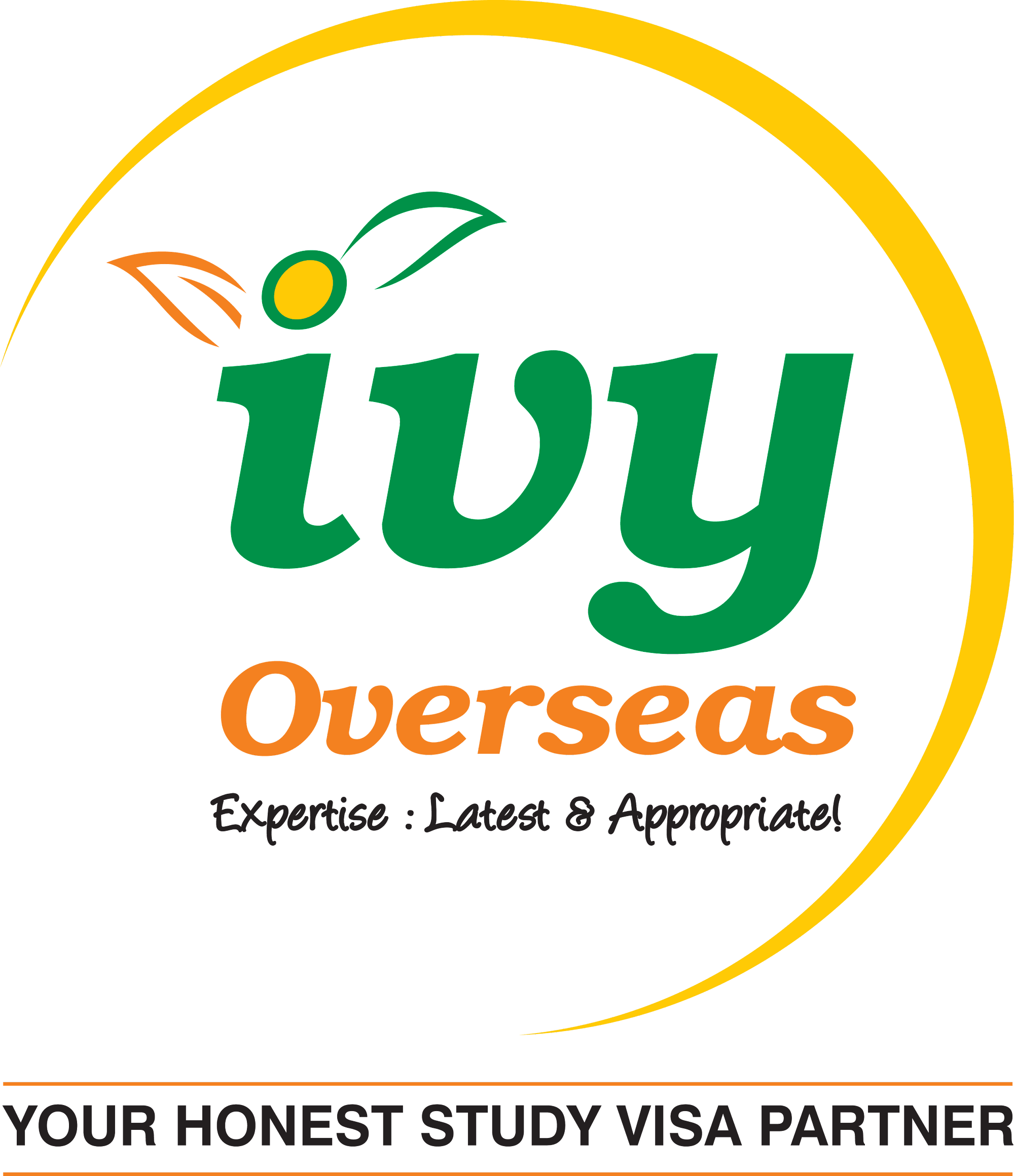Study in USA consultants in Hyderabad and Andhra Pradesh
IVY Overseas is the Best Study in USA consultants in Hyderabad and Andhra Pradesh, Planning to study in the USA? Finding the right study in USA consultants can make your journey smooth, stress-free, and successful. At IVY Overseas we offer complete support for your study in the USA journey. If you are searching for the best study in USA consultants in Hyderabad, look no further than IVY Overseas. Book your free counselling session today and take the first step toward studying in world-renowned universities
- University Shortlisting based on your profile and budget
- Standardized Test Guidance (GRE, IELTS, TOEFL, Duolingo)
- SOP & Essay Writing Assistance
- Application Submission & Follow-up
- US Student Visa Guidance (F1 Visa Interview Prep)
- Scholarship Assistance & Education Loan Guidance
- Pre-departure Briefings
Quick Facts about USA
| Category |
Details |
| Capital |
The capital city of the USA is Washington, D.C., where the federal government and embassies are located. |
| Currency |
The official currency is the US Dollar (USD), used across all 50 states. |
| Official Language |
English is the primary language of communication and instruction at all universities. |
| Population |
The USA has a population of over 330 million, making it one of the most diverse countries in the world. |
| Time Zones |
The country spans 6 time zones from east to west, so class and exam times may vary by region. |
| No. of States |
The USA consists of 50 states, each with its own universities and lifestyle. |
| Popular Student Cities |
New York, Boston, Los Angeles, Chicago, San Francisco – these cities offer vibrant academic and cultural experiences. |
| Education Strength |
The USA is home to 8 of the top 10 global universities, making it a leader in higher education. |
| Top Intakes |
Most universities offer admissions during Fall (August/September) and Spring (January). |
| Work While Studying |
International students can work up to 20 hours per week on-campus during studies. |
| Post-study Work Visa |
Students can apply for OPT (Optional Practical Training) — up to 3 years for STEM programs. |
| Weather |
Weather varies widely snowy winters in the north, and sunny, warm climates in the south. |
| Transport |
Well-connected public transport systems in major cities — buses, metros, and trains make commuting easy. |
| Driving Side |
In the USA, people drive on the right-hand side of the road. |
Education system in USA
The education system in the USA is one of the most flexible and diverse in the world. With a wide range of programs, institutions, and learning styles, students can choose what fits their career goals, interests, and academic strengths.
- Ivy League & Top-Ranked Universities: Highly competitive and prestigious, Known for academic excellence, research, and strong alumni networks . Examples: Harvard, MIT, Stanford, Yale, Princeton
- Colleges and Universities : Offer Bachelor’s, Master’s, and Doctorate degrees . Universities usually focus more on research . Colleges focus on undergraduate education
- Community Colleges : 2-year institutions offering Associate Degrees, Cost-effective and can be a pathway to a 4-year university. Popular for international students wanting to save money
| Feature |
Undergraduate (UG) |
Postgraduate (PG) |
| Qualification Awarded |
Associate or Bachelor's Degree |
Master’s Degree or Doctorate (PhD) |
| Duration |
Typically 4 years |
1 - 2 years for Master's, 4 - 6 years for PhD |
| Entry Requirements |
12th Grade, SAT/ACT, IELTS/TOEFL |
Bachelor’s Degree, GRE/GMAT, IELTS/TOEFL |
| Curriculum Structure |
General subjects first 2 years, then major |
Specialized and research-focused |
| Credit System |
120 - 130 credits |
30 - 60 credits |
| Academic Terms |
Semester, Trimester or Quarter |
Mostly Semester-based |
| Work Opportunities |
On-campus work (20 hrs/week) |
On-campus & OPT after graduation |
| Optional Practical Training (OPT) |
1 year (3 years for STEM) |
Same up to 3 years for STEM |
| Popular Programs |
CS, Business, Engineering, Psychology |
MBA, MS, Data Science, Public Health |
| Tuition Fees (Per Year) |
$15,000 - $35,000 |
$20,000 - $50,000 |
| Focus |
Broad development and academics |
Career specialization and research |
Study in the USA: Intakes & Entry Requirements:
The USA offers multiple intakes throughout the year with flexible entry requirements for both undergraduate and postgraduate programs. Students must meet academic and English language criteria along with submitting necessary documents based on their chosen course and university.
- Fall Intake:The Fall intake, starting in August or September, is the most popular among international students. Most universities offer a wide range of programs during this intake, making it ideal for students who want maximum course and scholarship options.
- Spring Intake:
The Spring intake begins in January and is a great alternative for those who miss the Fall deadline. While there may be slightly fewer programs available, it still offers ample opportunities for students in various fields.
- Summer Intake:
The Summer intake, which starts around May, is the least common and usually limited to a few courses or short-term programs. Its suitable for students looking for specific programs or those aiming to begin their studies early.
| Requirement |
Undergraduate (UG) |
Postgraduate (PG) |
| Academic Qualification |
10th & 12th with 60% or above |
Bachelor’s degree with 5560% or above |
| English Proficiency |
IELTS / TOEFL / PTE / Duolingo |
IELTS / TOEFL / PTE / Duolingo |
| Standardized Tests |
SAT / ACT (if required) |
GRE / GMAT (course dependent) |
| Work Experience |
Not Mandatory |
Preferred for MBA and some programs |
| Documents Required |
SOP, LORs, Resume (if any), Passport |
SOP, LORs, Resume, Passport |
Cost of Studying in the USA A Detailed Overview:
Studying in the USA is a significant investment, and understanding the overall expenses can help students plan better. The total cost includes tuition fees, living expenses, visa fees, health insurance, and other miscellaneous costs. Here's a breakdown of the major expenses:
- 1. Tuition Fee: Tuition fees in the USA vary based on the type of university and the program of study. Public or state universities are usually more affordable, ranging between $15,000 to $25,000 per year. Private universities can be more expensive, with fees going up to $50,000 per year or more. Community colleges offer a more budget-friendly option with fees starting around $6,000 per year.
- 2. Living Expenses: Living costs in the USA depend largely on the city and lifestyle. Students typically spend between $800 to $1,500 per month on accommodation, food, transport, internet, and personal expenses. Cities like New York or San Francisco may be more expensive, while smaller towns are generally more affordable.
- 3. Health Insurance: Health insurance is mandatory for international students in the USA. It ensures students are covered for any medical emergencies or regular health checkups. The cost of health insurance ranges from $500 to $2,000 annually, depending on the provider and coverage.
- 4. Student Visa Fee: To study in the USA, students must obtain an F1 visa, which comes with certain charges. The visa application fee (DS-160) is $185, and students are also required to pay a SEVIS fee of $350 before attending their visa interview.
- 5. Other Expenses: Apart from tuition and living, students should also budget for textbooks, supplies, local travel, and other personal expenses. These can add up to $1,000 to $3,000 per year. Additionally, one-way flight tickets to the USA typically cost between $700 and $1,200 depending on the season and airline.
Scholarships to Study in the USA
Studying in the USA can be financially demanding, but there are numerous scholarships available to support international students. These scholarships are offered by universities, government bodies, private organizations, and even individual departments within colleges. Most scholarships are merit-based, awarded for academic excellence, leadership, extracurricular achievements, or special talents. Some are also need-based, aimed at students who require financial assistance to pursue their education.
Many U.S. universities offer partial or full tuition waivers for deserving students, especially those with outstanding academic profiles or strong standardized test scores. In addition to institutional scholarships, programs like the Fulbright, AAUW, and Inlaks are popular among Indian students for their generous funding and prestigious status. Students applying for scholarships should start their research early, ensure they meet the eligibility criteria, and submit their applications well before deadlines along with all required documents like SOPs, LORs, academic transcripts, and test scores.
Read more : Scholarships to Study in the USA
USA Admission Required Documents / USA Study Visa Required Documents
When planning to study in the USA, students must prepare a set of essential documents for both university admission and visa application. While the admission process focuses on your academic background and intent to study, the visa process ensures your eligibility to enter and stay in the U.S. as a student. Having a clear understanding of the required documents for both stages helps students avoid delays and ensures a smoother journey from application to arrival.
| Document |
For Admission |
For Visa |
| Passport |
✓ |
✓ |
| 10th & 12th Mark Sheets |
✓ |
|
|
| Bachelor’s Degree/Transcripts (for PG) |
✓ |
✓ |
| English Proficiency (IELTS/TOEFL/Duolingo) |
|
✓ |
| Statement of Purpose (SOP) |
✓ |
X |
| Letters of Recommendation (LORs) |
✓ |
X |
|
| Resume/CV |
✓ |
✓ |
| Work Experience Certificate (if any) |
✓ |
✓ |
| DS-160 Confirmation Page |
X |
|
| SEVIS Fee Receipt |
X |
✓ |
| I-20 Form issued by University |
X |
✓ |
| Visa Appointment Confirmation |
X |
✓ |
| Financial Documents/Bank Statements |
X |
✓ |
F1 Visa: CPT and OPT Explained
Curricular Practical Training (CPT) and Optional Practical Training (OPT) are two important benefits of the F1 student visa that allow international students to gain real-world work experience in the USA.
Curricular Practical Training (CPT):
CPT is a type of work authorization that allows F1 students to take part in internships, co-op programs, or other types of employment that are directly related to their field of study while they are still enrolled in their course. CPT must be part of the curriculum and approved by the Designated School Official (DSO). Students can work either part-time (up to 20 hours per week) during classes or full-time during vacations. CPT is employer-specific, and students must have a job offer to apply.
Optional Practical Training (OPT):
OPT is a temporary work authorization that allows F1 students to work after completing their degree in a field related to their course. Students are allowed up to 12 months of OPT, and those who have completed a degree in a STEM (Science, Technology, Engineering, Mathematics) field may be eligible for a 24-month extension, making it a total of 36 months. OPT gives students a valuable opportunity to gain real-world experience and can be a stepping stone to long-term employment or H1B visa sponsorship.
Want to Study in the USA? Let IVY Overseas Guide You!
Ready to turn your dream of studying in the USA into reality? Whether you need help with university selection, application process, scholarships, or visa guidance IVY Overseas is here to support you every step of the way.
Contact us today and take your first step toward a successful future in the United States!

